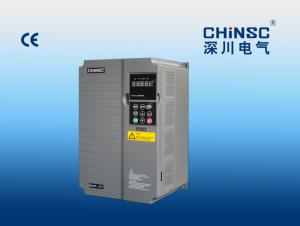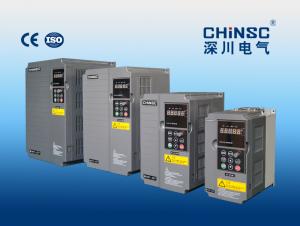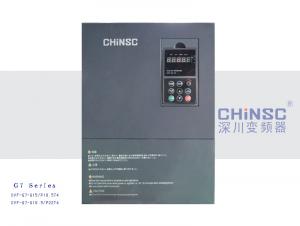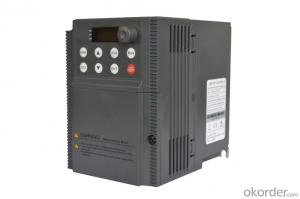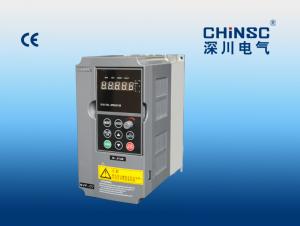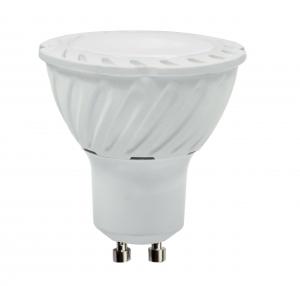3 Phase Hybrid Solar Inverter
3 Phase Hybrid Solar Inverter Related Searches
Inverter For Off Grid Solar Ct For Solar Inverter Solar Inverter For Rv Inverter For Solar Quality Solar Inverter Best Solar Inverter In Kerala 3 In 1 Solar Inverter Buy Solar Inverter In Nigeria Pcu Mode In Solar Inverter Igbt In Solar InverterHot Searches
Solar Inverter For Laptop Solar Inverter For Fridge Best China Solar Inverter China 3 Phase Solar Inverter Solar Inverter Supplier In Uae Solar Inverter In Dubai Solar Inverter In Saudi Arabia Solar Inverter In Uae Solar Inverter In Kerala Solar Inverter In Nepal Solar Inverter In Burpengary Solar Inverter In Caboolture Solar Inverter In Chennai Solar Inverter In Lebanon China 10kva Solar Inverter China Solar Inverter 1000kw China Solar Inverter 3kw China 5000w Solar Inverter China 850va Solar Inverter Solar Inverter For Fridge3 Phase Hybrid Solar Inverter Supplier & Manufacturer from China
Okorder.com is a professional 3 Phase Hybrid Solar Inverter supplier & manufacturer, offers integrated one-stop services including real-time quoting and online cargo tracking. We are funded by CNBM Group, a Fortune 500 enterprise and the largest 3 Phase Hybrid Solar Inverter firm in China.Hot Products
FAQ
- A solar inverter communicates with other components of a solar power system through various communication protocols such as wired interfaces like RS485 or Ethernet, and wireless technologies like Wi-Fi or Zigbee. These communication channels enable the inverter to exchange data and information with other components such as solar panels, batteries, and monitoring systems. This communication allows for real-time monitoring, control, and coordination of the system, optimizing its performance and ensuring efficient energy production and management.
- When choosing the right brand of solar inverter, several factors should be considered. First, look for a brand with a good reputation and a track record of reliability. It's important to choose a brand that has been in the market for some time and has positive customer reviews. Additionally, consider the warranty and after-sales service provided by the brand. Look for a brand that offers a comprehensive warranty and has a strong customer support system in place. Finally, consider the specific requirements and features you need from the inverter, such as its power output, efficiency, and compatibility with your solar system. Comparing different brands based on these factors will help you make an informed decision and choose the right brand of solar inverter for your needs.
- No, a solar inverter cannot be used with any type of solar panel. The compatibility between the solar inverter and solar panel depends on the type of technology used in the solar panel, such as monocrystalline, polycrystalline, or thin-film. It is essential to match the specifications and voltage requirements of the solar inverter with the solar panel to ensure efficient and safe operation.
- A solar inverter affects the overall energy consumption of a property by converting the direct current (DC) electricity produced by solar panels into alternating current (AC) electricity that can be used to power electrical appliances and equipment in the property. It ensures that the electricity generated by the solar panels is compatible with the property's electrical system, reducing the dependence on grid-supplied electricity. By efficiently converting solar energy into usable electricity, a solar inverter helps to lower the property's energy consumption from traditional sources and can potentially result in energy cost savings.
- The role of a maximum power point tracker (MPPT) in a solar inverter is to optimize the energy output of the solar panels by continuously adjusting the operating point to the maximum power point (MPP). It ensures that the solar panels are operating at their highest efficiency, maximizing the conversion of sunlight into usable electrical energy. This helps to extract the maximum power from the solar panels under varying environmental conditions such as shading, temperature changes, and fluctuating solar irradiance, ultimately improving the overall performance and energy yield of the solar inverter system.
- The role of a solar inverter in reactive power compensation during grid disturbances is to regulate and manage the reactive power flow between the solar panel system and the grid. During grid disturbances, such as voltage fluctuations or power factor variations, the solar inverter helps maintain a stable and balanced flow of reactive power, ensuring efficient and reliable operation of the solar panel system while minimizing the impact on the grid.
- Is the PV inverter a current source or a voltage source?
- Photovoltaic inverter, also known as power regulator, according to the inverter in the use of photovoltaic power generation system can be divided into two kinds of independent power supply and grid.











